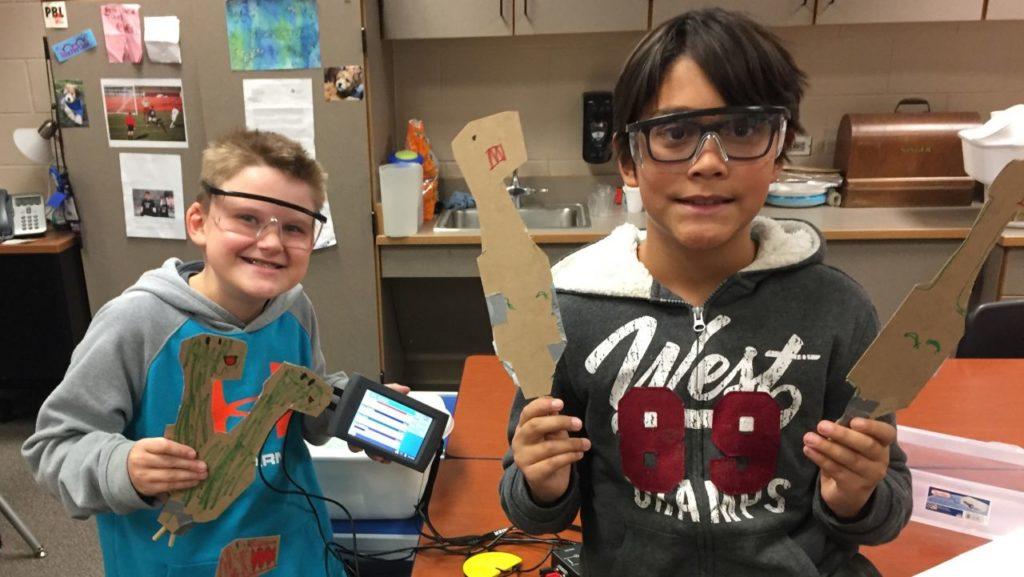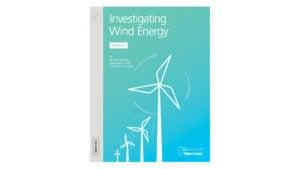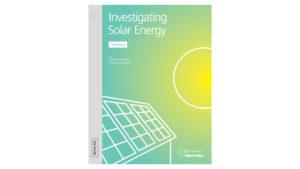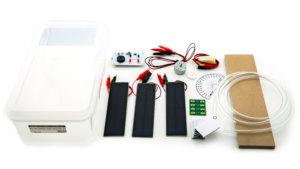Providing high-quality instruction and hands-on exploration opportunities helps students develop a passion for science education at an early age. Additionally, it teaches students to work collaboratively, think for themselves, and make connections to their prior knowledge—all of which are important skills that they can use throughout school and into their careers.
In my STEM classes at Coyote Hills Elementary in Aurora, Colorado, I strive to connect science concepts being taught in class with real-world situations so my students better understand how science truly impacts their everyday lives. An example of this is teaching my fifth grade students about renewable and nonrenewable energy sources, which impact our state. Connecting energy conservation ideas to familiar phenomena is also outlined in the Next Generation Science Standards (NGSS).
“Should Colorado propose an initiative to use more clean energy?”
In one of my project-based learning units, which won a 2017 Vernier/NSTA Technology Award, my students ultimately have to answer the question, “Should Colorado propose an initiative to use more clean energy?”
I started the unit by conducting a bingo-style icebreaker activity that helps identify my students’ level of understanding of the two energy sources. Students are then introduced to wind turbines and solar panels during hands-on lessons from the Investigating Wind Energy, Investigating Solar Energy, and Renewable Energy with Vernier lab books. During these experiments, students learn how to design and construct turbine models using KidWind experiment kits. They also use the Vernier Energy Sensor to collect and analyze data which further reinforces the concepts they are learning.
During these experiments, students learn how to design and construct turbine models using KidWind experiment kits. They also use the Vernier Energy Sensor to collect and analyze data which further reinforces the concepts they are learning.
As students construct their turbines and use data-collection technology, it helps them learn how to measure current, voltage, and power output, as well as explore how these factors vary depending on the load on the circuit. Students are also able to investigate the relationship between resistance and maximum power output.
My students also read non-fiction books about turbines, watch short videos, and visit interactive websites to understand the advantages and disadvantages of the different energy resources. Throughout these various activities, students utilize their science notebooks to write about what they are learning, use thinking maps, and organize data to deepen their level of understanding. The unit culminates with students working in groups to write a proposal to Xcel Energy, an electric energy company, about using more clean energy.
Since students learn vocabulary and scientific concepts much more quickly when they have had the opportunity to work with materials first, it becomes easy to introduce students to science and STEM with hands-on learning.
Students in my classroom have access to time and materials to delve into the science and engineering practices—they know when they enter my classroom that they will be in design mode. Since students learn vocabulary and scientific concepts much more quickly when they have had the opportunity to work with materials first, it becomes easy to introduce students to science and STEM with hands-on learning. When students can actively engage in an activity, they are able to mentally engage as well.
As highlighted in an NSTA position statement, it is important for K–6 students to receive a high-quality science education, and I believe authentic hands-on learning units such as this one help deliver a robust learning experience. This multi-faceted approach—highlighted by the use of data-collection technology—truly engages my students in the learning process while teaching them key NGSS concepts that they will use in later grades.




